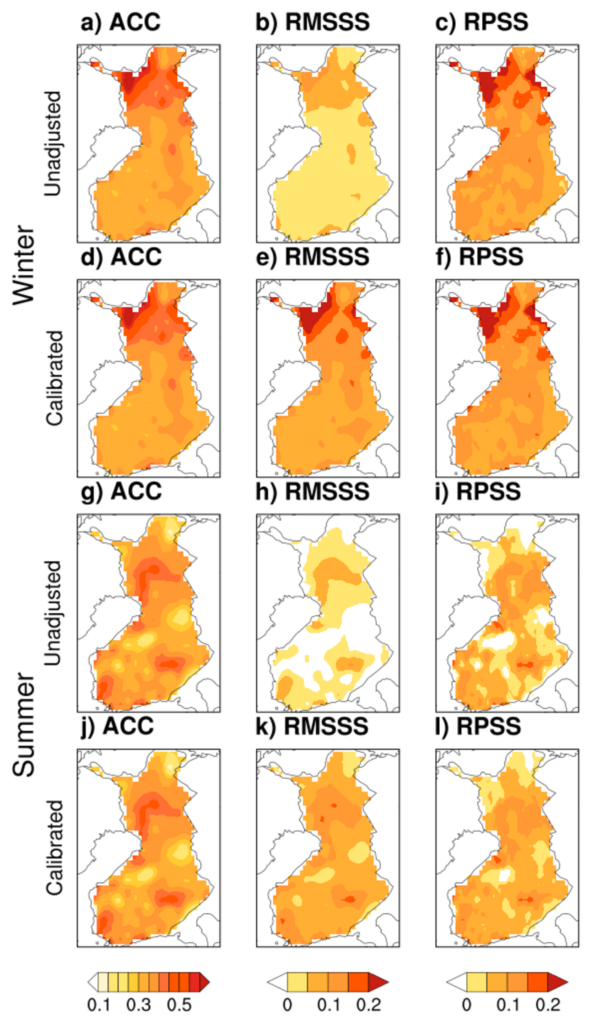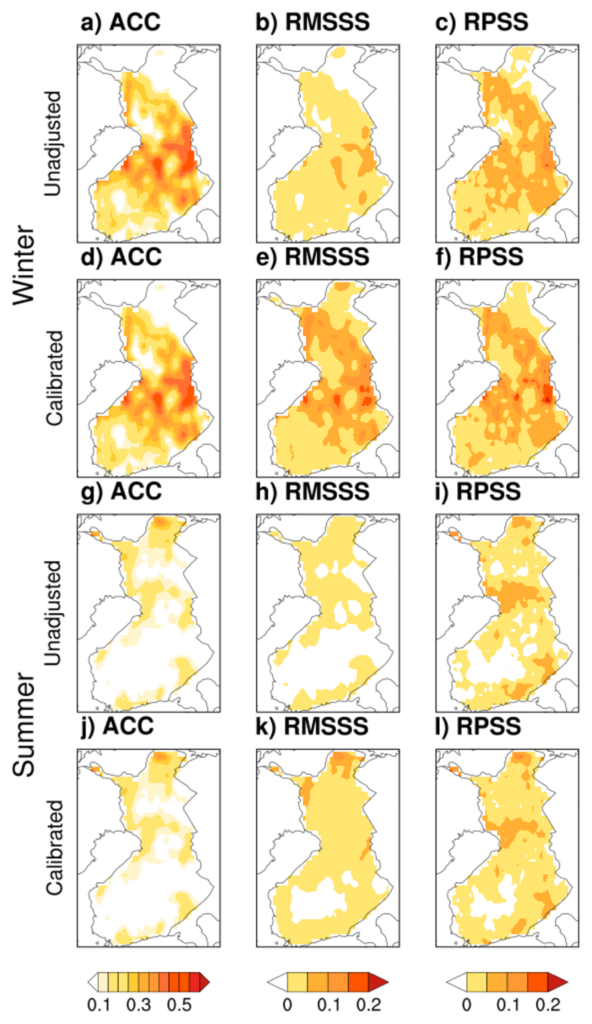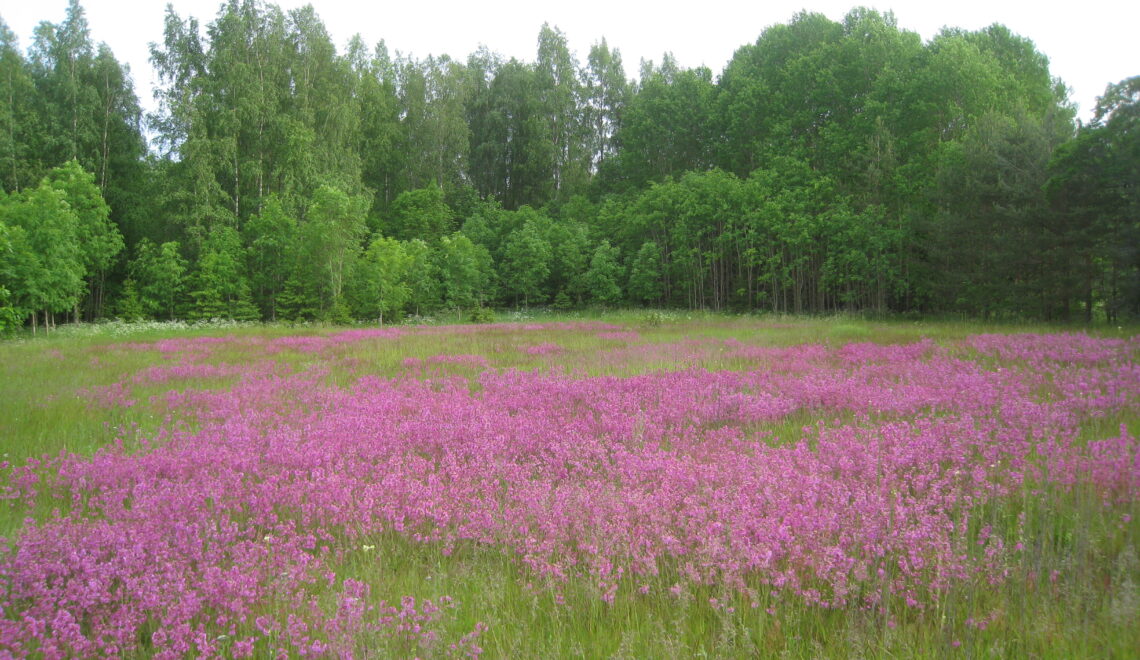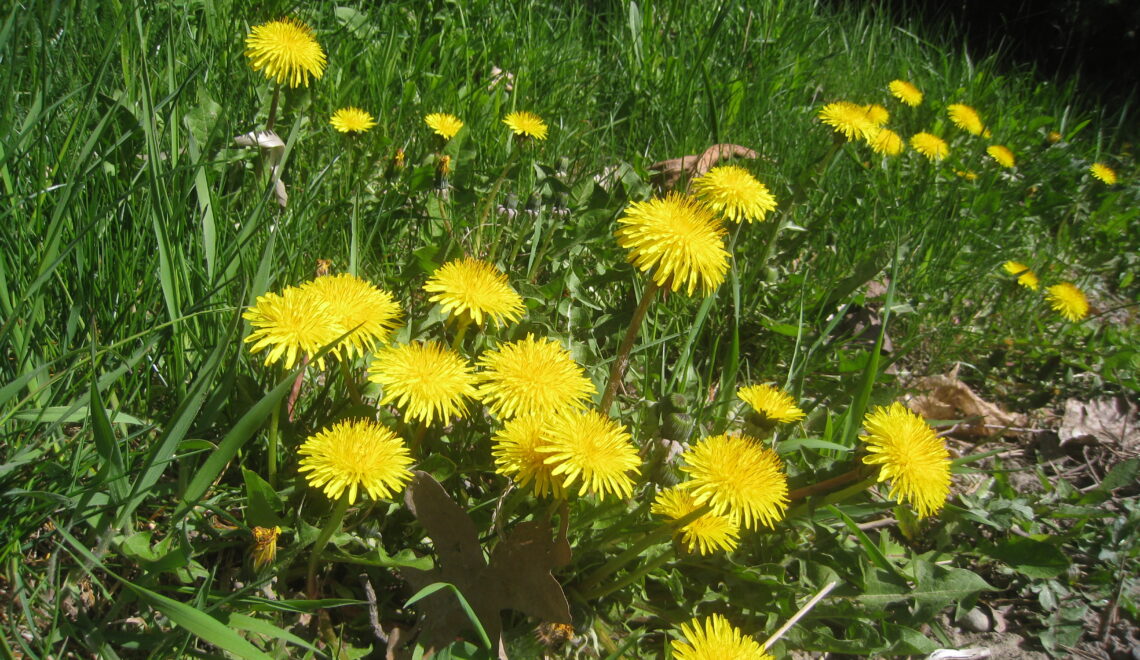The energy crisis, sparked by Russia’s Ukraine invasion, disrupts European energy supply, impacting prices. Finland’s reliance on Russian energy requires annual to multi-annual strategic planning. This research investigates meteorological forecast accuracy for the energy sector, revealing strong temperature prediction skills but limited skill in precipitation. These findings emphasize the importance of improving and enhancing decadal climate forecasts for developing potential climate services for Finland’s energy sector.
SURAJ D. POLADE AND HILPPA GREGOW
Finnish Meteorological Institute
Background. The world is grappling with an unprecedented global energy crisis stemming from Russia’s invasion of Ukraine. This incursion has led to widespread energy distribution disruptions and a swift price surge throughout Finland and Europe. The abruptness and magnitude of this crisis have caught both energy providers and the general public off guard, leaving them uncertain about the future consequences. The spectre of energy shortages looms large, necessitating strategic planning to avert potentially catastrophic outcomes over a multi-year span. In light of these pressing concerns, Finland’s energy sector urgently needs reliable multi-year (decadal) forecasts for meteorological factors that impact energy consumption and renewable energy generation. This is of utmost importance, especially considering that approximately 10-20 % of Finland’s energy is imported (information in 2022), and traditionally, one-third of its energy imports originate from Russia. While significant advancements have occurred in decadal prediction over the last decade, obtaining reliable information for crafting climate services tailored to sector-specific applications remains challenging. This challenge arises from the varying skill of decadal predictions across regions and timescales. This study aims to assess the skill of decadal predictions and demonstrate a potential climate service product tailored for Finland’s energy sector.
Despite considerable efforts to assess global decadal predictions, challenges arise when applying them to regional contexts. Towler et al. (2018) and Solaraju-Murali et al. (2019) exemplify this in their respective studies, utilizing decadal forecasts for water and agricultural climate services. Operational decadal climate forecasts bridge short-term predictions and long-term projections, offering policy-relevant insights. The WMO Global Annual to Decadal Climate Update (GADCU) is pivotal for real-time climate predictions over the next five years (Vera et al. 2010). Evaluating the skill and reliability of climate information is crucial for providing reliable climate services. Decadal forecasts, with hindcast (retrospective) accessibility, present an advantage for assessing forecasting accuracy compared to traditional climate predictions. For this evaluation, we utilized six ensemble prediction systems, incorporating predictions from 72 ensemble members for the next five years from GADCU, along with their corresponding hindcast experiments as contributors to Phase 6 of the Coupled Model Intercomparison Project (CMIP6) within the Decadal Climate Prediction Project (DCPP, Table 1, supplementary material).
The decadal predictions provide forecasts for the next 5-10 years, initiated each year. In this analysis, we evaluate the forecast skill for 1-5 years ahead, assessing deterministic and probabilistic forecasts for key meteorological variables (temperature and precipitation) in the extended cold season (November – March) and summer (May-August) against the E-OBS observation dataset. The deterministic forecast is produced by averaging ensemble means from each forecast system. In contrast, the probabilistic forecast is formed by averaging probability density functions of all forecast models for each tercile, with equal weights assigned. We use three important metrics: the anomaly correlation coefficient (ACC), root-mean-square error skill score (RMSSS), and ranked probability skill score (RPSS) (supplementary material). In order for the near-term decadal predictions to be of value, we calibrated the decadal forecast using the variance inflation method. Our analysis focuses on these variables because of their substantial influence on both renewable energy generation and consumption. Further details regarding the methodology are outlined in the online supplementary material.
Forecast quality assessment. Unadjusted temperature predictions for the extended cold season exhibit positive ACC values across all of Finland, with higher skill in Lapland, eastern, and southern regions (Fig. 1a). RMSSS and RPSS (Fig. 1b, 1c) follow the same trend, covering the entire country. RPSS generally outperforms RMSSS. It implies that the uncalibrated probability forecast is more skillful than the deterministic forecast. These positive scores across all three metrics show that the decadal forecast outperforms climatology for both deterministic and probabilistic temperature predictions in the extended cold season. After calibration (Fig. 1e), RMSSS improves, especially in regions with lower unadjusted skills, but ACC and RPSS remain similar. For summer temperature predictions, despite positive ACC values, skill is lower than in winter, with better performance in Lapland, eastern, and western Finland (Fig. 1g). RMSSS and RPSS (Fig. 1h, 1i) show less skill than climatology, with negative scores in central Finland. Calibration notably enhances RMSSS (Fig. 1k) and moderately improves RPSS (Fig. 1l), while ACC remains largely unchanged.

Precipitation predictions for the extended winter season have lower skill than temperature predictions, with higher skill in central Finland and no skill in Lapland and parts of southern Finland. RMSSS and RPSS (Fig. 2a, 2b) reflect this pattern. Calibration significantly improves RMSSS and RPSS in regions with low skill, while ACC remains unchanged. During the summer season, deterministic precipitation predictions have low skill, with some improvement in probabilistic forecasts after calibration, though a significant portion of central Finland still shows lower skill compared to climatology.

Application of decadal prediction. Figure S1 (online supplementary material) showcases an illustrative climate service product tailored for the energy sector. This product is centred around tercile forecasts spanning from 1971 to 2027, encompassing both hindcast data and predictions from GADCU. Our forecasts for 2023 and the forthcoming 1-5 year period, which apply to both seasons, suggest a greater probability of being in the upper tercile. Additionally, deterministic predictions also exhibit values higher than those of the reference period. For further details, please refer to the online supplementary material.
Summary. The predictions perform well in forecasting temperatures, especially during the extended winter season. However, their ability to predict precipitation, particularly in summer, is limited. Calibrated forecasts enhance skill for both variables and seasons, but improving the accuracy of summer precipitation remains a challenge. In summary, this paper represents an initial exploration of predicting meteorological variables that impact the energy sector over 1-5 years. The insights from this study offer valuable guidance for the energy sector on a multi-annual scale. A logical next step is to explore the possibility of improving summer precipitation predictions by incorporating large-scale modes of variability as statistical predictors. Furthermore, including decadal wind predictions is valuable, as approximately 14 % of the total energy generated in Finland comes from wind power (information in 2022).
Acknowledgements. We express our gratitude to the WMO Lead Centre for Annual-to-Decadal Climate Prediction for generously supplying the decadal prediction data. We appreciate all the modelling groups’ contributions to the simulations accessible via the Earth System Grid Federation system (ESGF). Furthermore, we acknowledge ECMWF for their provision of the ERA5 reanalysis data, accessible through the Copernicus Climate Change Service’s Climate Data Store. This research received support from the ACCC flagship project (grant no. 337552).
References
Vera, C., and Coauthors, 2010: Needs assessment for climate information on decadal timescales and longer. Proc. Environ. Sci., 1, 275–286, https://doi.org/10.1016/j.proenv.2010.09.017
Towler, E., PaiMazumder, D. and Done J., 2018: Toward the application of decadal climate predictions. J. Appl. Meteor. Climatol., 57, 555–568, https://doi.org/10.1175/JAMC-D-17-0113.1
Solaraju-Murali, B., Caron, L. P. Gonzalez-Reviriego, N. and Doblas-Reyes, F. J., 2019: Multi-year prediction of European summer drought conditions for the agricultural sector. Environ. Res. Lett., 14, 124014, https://doi.org/10.1088/1748-9326/ab5043
10.1088/1748-9326/ab5043
HOW TO CITE THIS ARTICLE:
Polade S. D. and H. Gregow, 2024: Evaluating Multi-Year Prediction Proficiency for Decision Support in Finland’s Energy Industry, FMI’s Clim. Bull. Res. Lett. 6(1), 11-13, https://doi.org/10.35614/ISSN-2341-6408-IK-2024-04-RL
CITATION INFORMATION:
Authors: Suraj D. Polade, Hilppa Gregow
Received: October 20, 2023
Accepted: March 29, 2024
First online: April 26, 2024
Published: December 17 2024
Journal: FMI’s Climate Bulletin Research Letters
Volume: 6
Issue: 1
Pages: 11-13
DOI: https://doi.org/10.35614/ISSN-2341-6408-IK-2024-04-RL
Header Image: Pixabay




